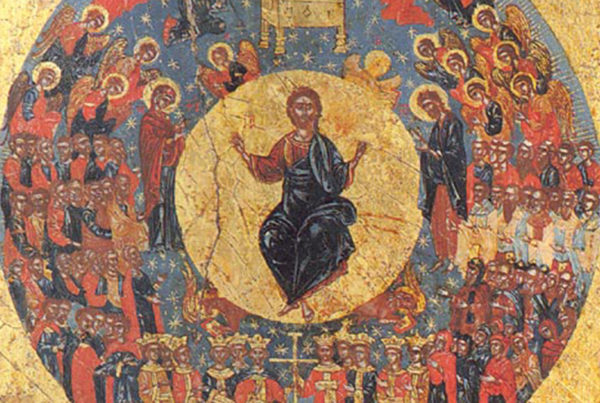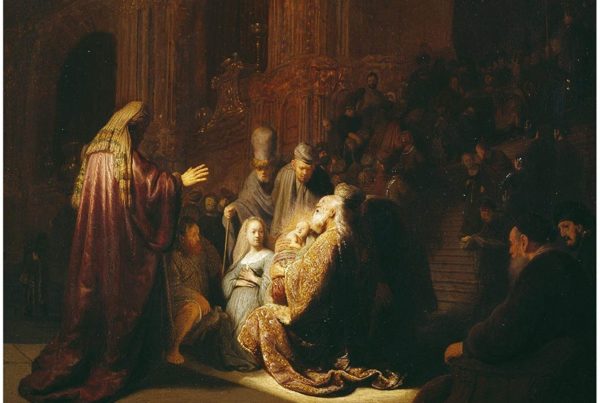“On the evening of that first day of the week,” John says, “when the disciples were together with the doors locked for fear of the Jews, Jesus came and stood among them and said, ‘Peace be with you!’ ” John goes on to say that, “After he said this, he showed them his hands and his side…“–a telling statement.
We are urged in the gospel to forgive those who have wronged and injured us. More than that, we are told that our participation in the kingdom depends on it and that in fact one of the ways that we can know whether or not we are standing in the love of the Father is if the grace of forgiveness is flowing through us.
But this is hard, as anyone who has tried to forgive someone who has deeply wronged or injured you knows. For forgiveness implies a casting away. In fact, this is what the Greek word for forgiveness, aphiemi, means: to cast away, to send away. And so it is that when we forgive, that is what we are doing–we are sending the offense away, out of the midst of the relationship. Or at the very least, out of the midst of our hearts, so that it does not stand between us and the person who has wronged us.
Except…
Except that in our actual experience we find that the hurt simply does not go away that easily. For in the very moment of casting it away, as often as not we find that it is still there. The sliver still in our finger. The thorn still in our side. The barb still buried deep in our foot. Try as we may, the fissures opened up in the wounding are still there.
Yes. Yes they are. As the disciples found. The fissures are still there… BUT… they have found a new integration–in the person of Christ.
Like many, I have often found it curious that the Gospel writers draw such attention to the open wounds of the risen Christ. But perhaps this is saying something crucial about the nature of new creation that is inaugurated in Christ the Lord. It does not smash the old. Neither does it “undo” it, pave over it, or erase it, in some simplistic fashion. Rather, it draws the old into it, including and transcending it, eclipsing it, but never destroying it or leaving it behind. The marks of the struggle of the old creation remain, yes; the wounds remain, yes–but perhaps in him what we begin to find is that the memory of them is transformed, so that the song that erupts from the bellies of the redeemed is “Oh Death where is your sting?!”
The wounds remain in the new creation. Forever we will worship “the lamb who was slain…” But the sting will be gone, as we will have cast all our hurt, all our wounds, indeed all our lives–into the new creation, into Him. Death swallowed up in victory. The Wounded One forever present to us, as he is present to us now, declaring, “Peace be with you.”


